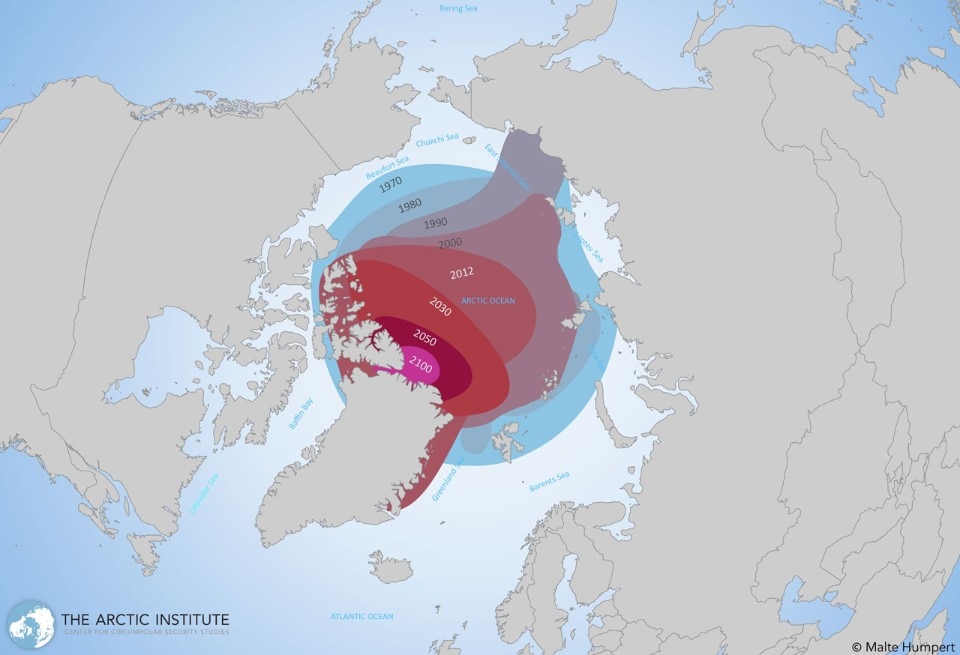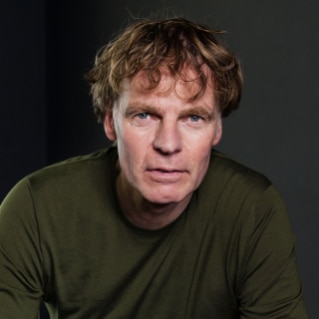Welcome to Domus ’19. Welcome to the world that we all construct. My questions are: what shall we construct and how? What does the world need? What makes sense?
Domus ’19 will be dedicated to this future world. A world understood as a city. An enterprise. Planet Earth…
We will research the unknown and the way it is unravelling itself. How can we accommodate the future? How to facilitate the unexpected?

The issues of Domus ’19 will make up a single volume of over 1,000 pages. In different rhythms. Ending with calculations, evaluations and research sources. How much oxygen do the parks we publish produce? How much water can be saved by using new modes of water collection? How much energy can be saved by choosing not to use air conditioning? In short, we want to show how the landscapes, buildings and products we design perform.
All together these contents show a vision of 2019. They form an unpredictable sequence, from page 0 to +1,000, in 10 months, of urbanism, architecture, landscape and product design. Encompassing and celebrating “time”. Illustrating events. Evolving and evaluating during the months. This sequence can be described as the evolutionary city of 2019.
How much oxygen do the parks we publish produce? How much water can be saved by using new modes of water collection? How much energy can be saved by choosing not to use air conditioning?
What is the problem? Our planet is subject to dramatic urgencies. Climate change requires all of us – from politicians to designers to citizens, etc. – to speed up action in order to save it. But we are so slow.
The depletion of natural resources is accelerating tremendously. Huge income disparities create enormous social tensions. Moving populations demand action. Rampant desertification demands forests. Shifting economies require new clusters and technologies. Exponential population growth requires more products, more food, more oxygen, more energy, more water, better waste treatment. We need an agenda for change. Now!
2019 will be the year of urbanism. Where urbanists are the heroes. And aren’t we all urbanists? Domus ’19 will give a voice to those who make the city: the urbanists, the landscape architects, the architects, the designers, the artists, the developers, the investors, the mayors, the residents, the users, the scholars, the critics. Domus ’19 will ask them about the future and how they envision it.
Can our cities be more responsible? More open? More curious? Can they be fearless and experimental? Can they be truly green? Can they be biodiverse? Can they generate energy, water, food and oxygen without producing waste? Can they be human, social, intimate, open, accessible, democratic, free, adaptable, diverse, heterogeneous, welcoming? Can history and the future cohabit? And can they be lovely, beautiful and exciting? In short: can they be wonderful?
Our planet is subject to dramatic urgencies. Climate change requires all of us – from politicians to designers to citizens, etc. – to speed up action in order to save it. But we are so slow.
This is my bucket list. A list that goes from XXS to XXL and vice versa. From better materials, to better toilets, to better facades, to better houses, better cities and a better world. From the mass production of cars, of toilets, of bricks, of clothing to roads or infrastructure. From nanomaterials to largescale planning. They all make our next cities. Yes, everything is urbanism!
We start with the younger generation. Thirteen- year-old children in Milan have been thinking about their city of the future. We move to the portrait of the planet as a baseline for the rest to come. We pass by the African continent where more cities are produced than in the rest of the world. How are they doing? We unravel the collective effect of the Davos community for the upcoming World Economic Forum. We explore the new IMS Museum in São Paulo, which opens its doors in a city that suffers from crime and fear, recently even more than before. Facing fear with openness… This is the only way to go, no?
Domus ’19 will give a voice to those who make the city: the urbanists, the landscape architects, the architects, the designers, the artists, the developers, the investors, the mayors, the residents, the users, the scholars, the critics.
The landscape wins in Li Hu’s new project in Bohai Bay. The new station in Hong Kong delivers a new roof promenade. The non-air-conditioned school in Brazil is exemplary for any new office tower in the tropics. We look at digital platforms that allow us to group ourselves to make cities.
We observe the effects of tourism caused by the metonymic markers in international cities. We see that Olafur Eliasson is checking our consciousness. And of course we thus notate the shrinking of the North Pole as a reminder of what to do…. on the edge of being obvious and repetitive. It is simply responsibility.
There is work to do. Last but not least. Let us know what you think and what you want to add to this action list.


